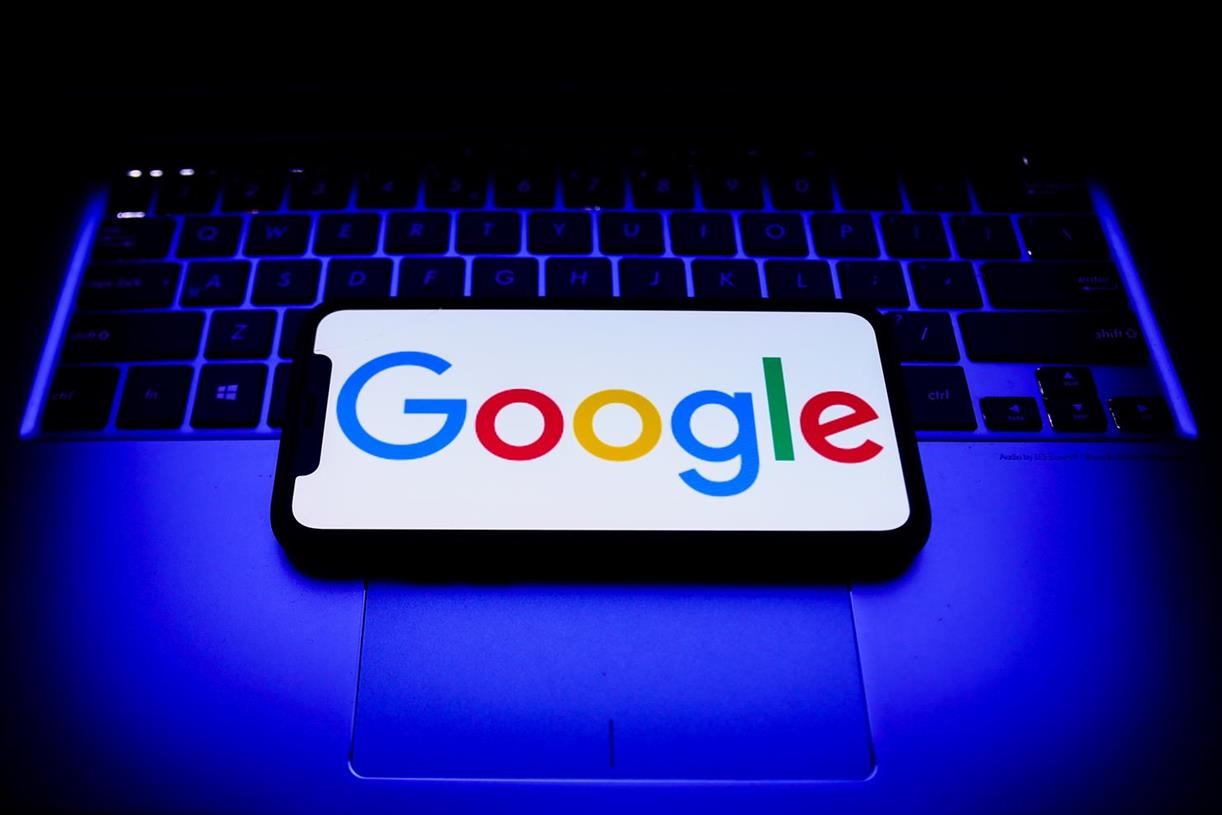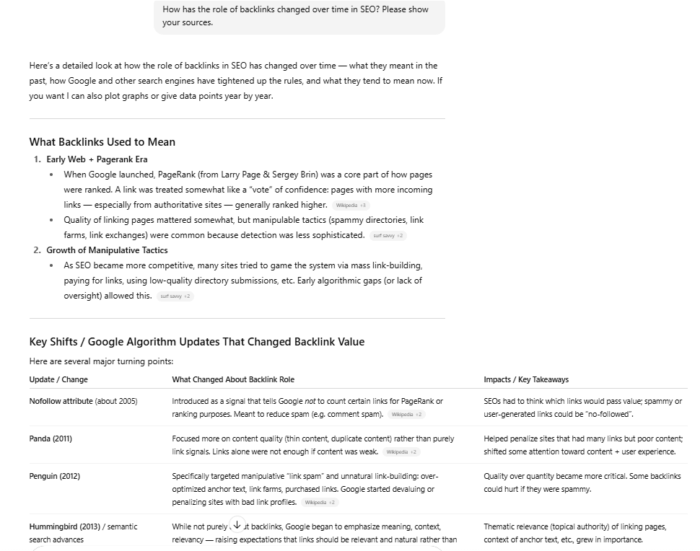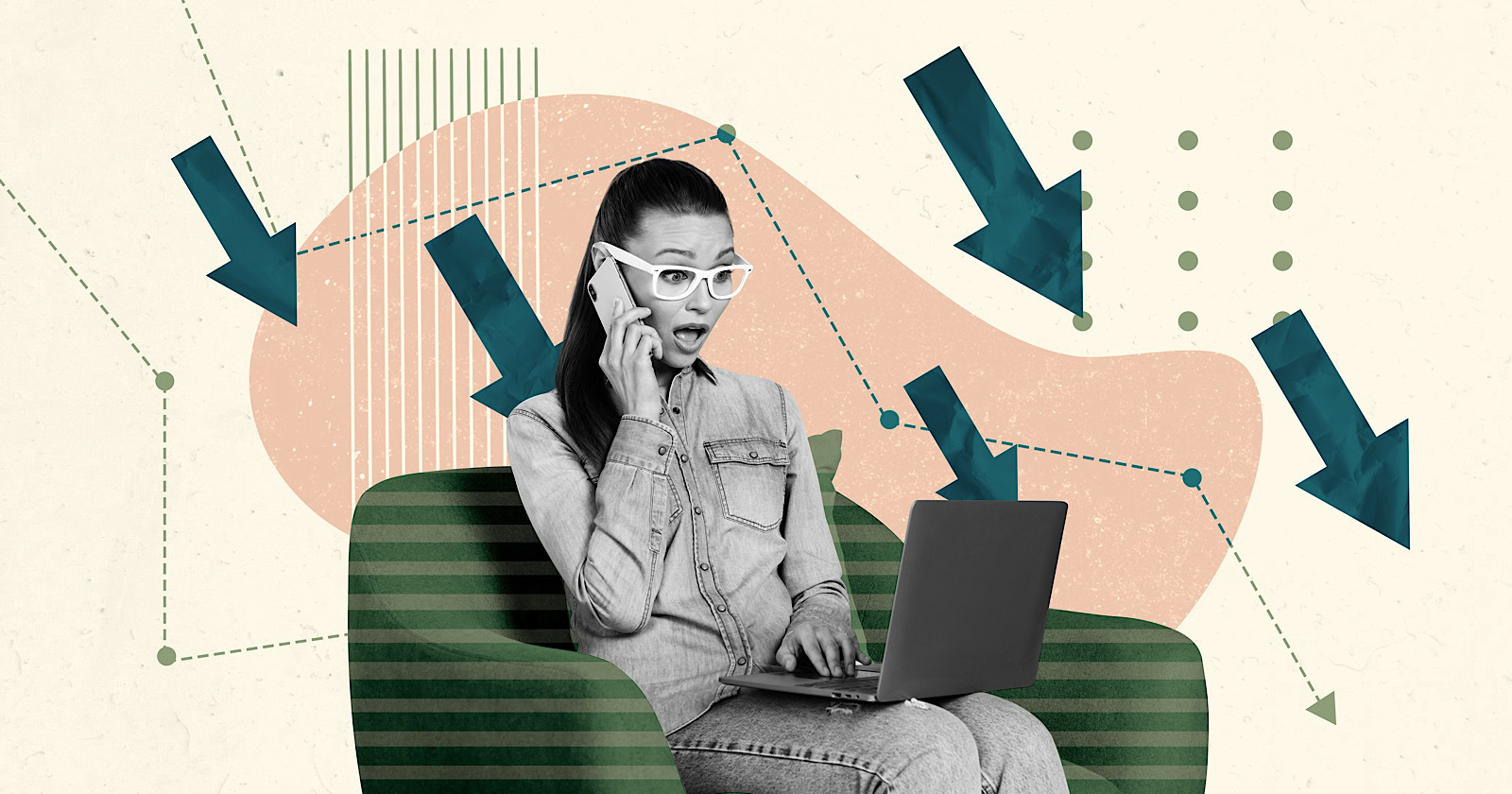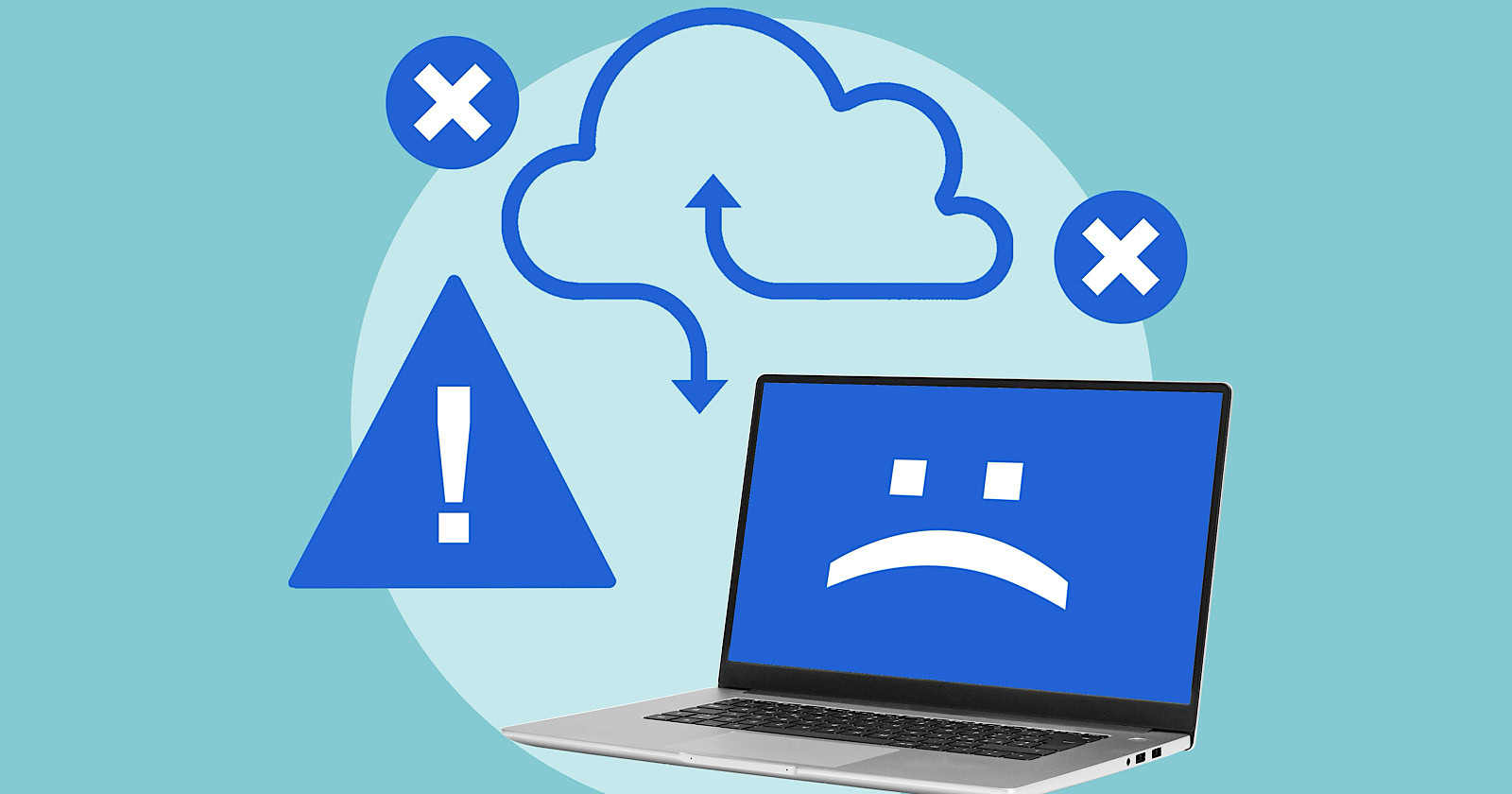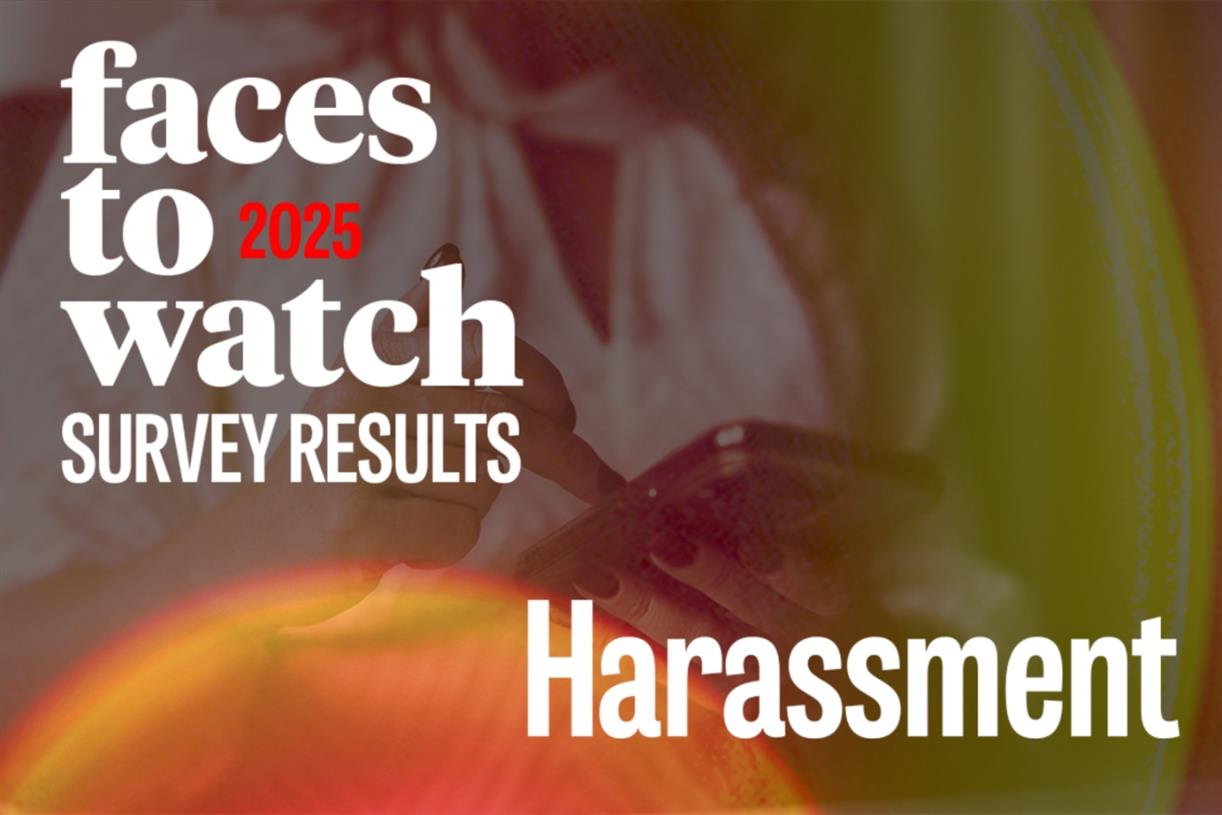Salaries rise for majority of creative staff but women earn £9,000 less than men
Salary inflation led to 63% of permanent staff receiving an average 10.2% pay increase.
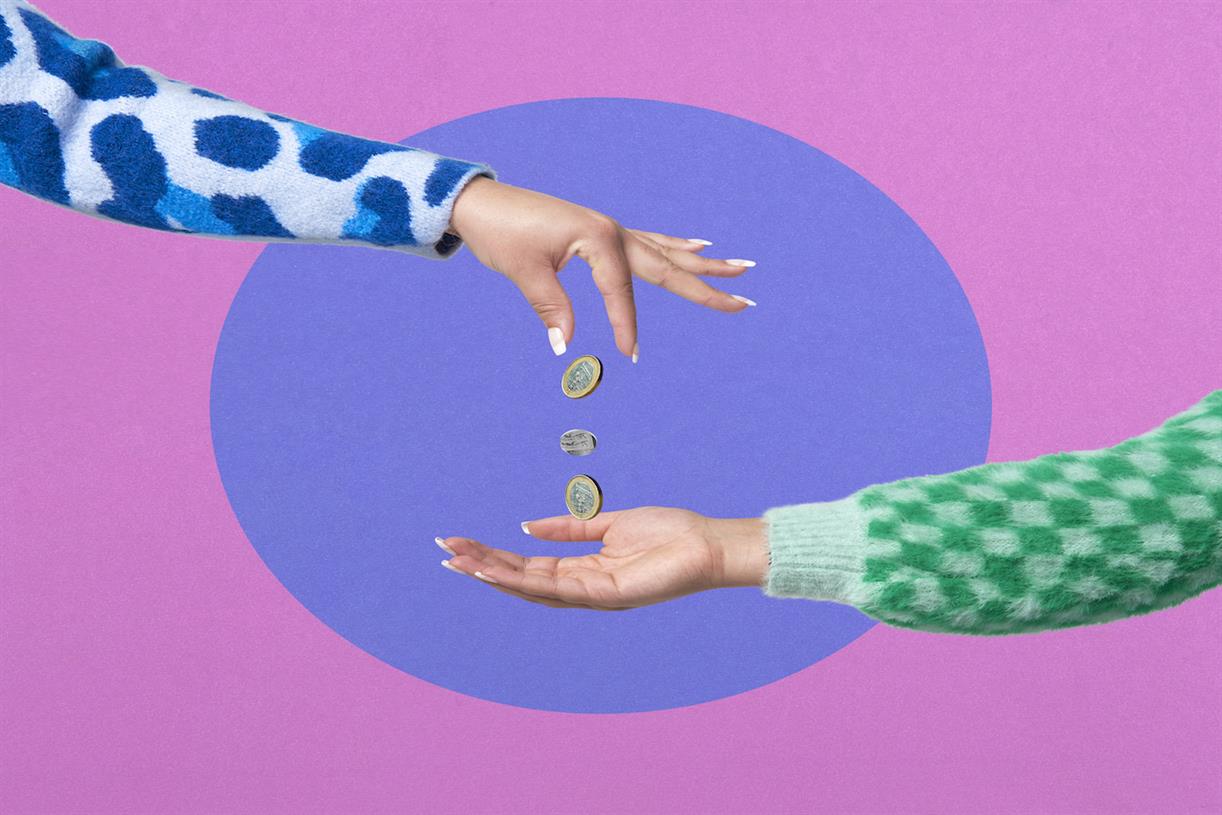
Women continue to be paid significantly less than men in the creative industries, despite boosts to earnings across the sector in the past year.
The latest annual salary survey by recruitment firm Major Players analysed differences in pay according to gender, race, sexuality and across different role types.
It found white men in permanent roles continued to earn the most (an average of £59,647), while black women still earned the least (£42,719).
Meanwhile workers who identify as LGBT+ – accounting for 14% of respondents – were paid on average 5% less than their heterosexual counterparts in permanent roles. In freelance roles, they earned 6% more.
A total of 63% of permanent staff in creative roles received a pay increase in the past year (an average uplift of 10.2%), while just under half (49.3%) of freelance staff saw their day rates go up (by an average of 7.1%).
The “huge demand for skilled workers” has forced employers to increase remuneration levels, according to Major Players.
Pay rises were given to 62% of women and 58% of men in the past 12 months, the survey found.
Yet, overall, women still earn on average £9,247 less than men in permanent roles – a slight improvement on the £10,405 gap last year – and £44 less than their male counterparts per day as freelancers, the same gap as in 2021.
This year’s research included survey responses from 3,018 professionals plus data from 5,023 people via the organisation’s salary benchmarking tool.
The results showed people between the ages of 45 and 65 were the least likely to receive a salary or day rate increase (44.1%) compared with 58.6% of 18- to 44-year-olds.
Major Players managing director Joanne Lucy said in a foreword to a report on the survey findings: “In the face of huge demand for skilled workers, employers have had to enhance their remuneration and benefits packages to attract and retain talent. Data from our survey suggests that there has been an average increase of 10.2% for permanent salaries and 7.1% for freelancer day rates.”
But she later noted that despite some improvements to pay for women and efforts to be more inclusive for all talent, there was still more to be done.
“Many businesses continue to adapt their processes for attracting, engaging and retaining diverse talent. In the last year, there has been minor improvements in DE&I across the industry with incremental increases in black, Asian and minority ethnic representation, from 14% to 15.8%.
“Interestingly, we have also seen the gender pay gap improve slightly, although there is still under representation in senior positions.”

 Koichiko
Koichiko 







